O. P. Sharma.
I've heard the name mentioned in awe. Mr. O.P. Sharma is director of the Photography Department at Trevini Kala Sangam. For 5 months, my colleagues and I will be under his expert tutelage. Though the course is titled "Basic Photography" I have high hopes of learning a lot from this seasoned veteran, Sharma sir.
Before matriculating into this class, I boldly called Sharma sir to inquire whether the course was tailored to film or digital cameras. Knowledge learned can apply to both, he said. I also told him that I had already taken a basic course at the Singapore Photographic Society and had rudimentary knowledge to begin with. He very simply said that the basic course MUST be taken before the advanced course. Very well, good sir, you are the expert.
Classes are held in the second room of the basement of Trevini Kala Sangam on Tansen Marg. In front of the small once beige-walled room is a wooden teacher's table barely large enough for more than three notebooks and a pen or two. Above it is an aging air-conditioner. A dust encrusted wall fan is next to the air-conditioner. On the left wall is a shelf with ordinary tins of biscuits, detergent bottles, a teapot with three cups, empty beer cars--objects to be photographed, I later realized. Three or four rows of green metal chairs are lined up for us. I hurried and took a chair in front of the class then hoped that I would have an English speaker next to me. Except for the air conditioner, it might have been a classroom at the Free School of St. Scholastica's College, Manila. What a throwback to the 60s!
Sharma sir walked back and forth into a little locked room adjacent to the classroom. After several trips (which took all of ten minutes!) he settled down to his teacher's desk and began. I will try to describe Sharma sir to you but nothing I say can convey the aura of the man. Sharma sir has combed back pure silver grey hair that just touches his collar. He has Elton John transparent brown glasses which cover his bushy silver brows, his shining eyes, and a third of his cheeks. A smile shows his crooked teeth; a silver beard covers the rest of his face. He is in a khaki collared shirt with many pockets. It is difficult to guess his age. He has youngish hands which perhaps belie his years. The silver hair puts him in his 60s but the joyful timbre in his voice when he speaks of photography puts him in his 40s!
Sharma sir positions a worn blue plastic notebook precisely on the center of his table. When opened, it reveals sheets of browning paper with handwritten notes paper-clipped to its front cover. Further inside are note cards. There are several photographs of lenses, a diagram of focal distance. This notebook holds not only photography information but also the many years of precious experience of the erudite Mr. Sharma.
He begins his lecture with the admonition that 75% attendance is required to pass this course. There will be written tests; only a 40% mark is required to pass. (This is curious; why would expectations be so low? Or is the course that difficult?) "Photography is everywhere. It is inseparable from life." Nicéphore Niépce created the first permanent photograph in 1826.... He continues in English then quickly lapses into Hindi. He weaves in and out of two languages, sadly using more Hindi than English. I wait to hear recognizable words--recording medium, composition, shutter, film chamber--but know that I am missing much when he smiles as he recounts things unknown to me. I will manage somehow, try to remind him often of my presence.
It has been many years since I have left hallowed halls of learning. But in this little room Sharma sir has reminded me that the passing of knowledge is sacred as it is vital. The Internet and the world wide web holds masses of information, it is true. But the human experience is irreplaceable, the voice in the telling, the smile in the pleasure of teaching, all these wonders I have discovered in Sharma sir's basement classroom.
skip to main |
skip to sidebar

Ajanta Caves, Maharashtra

Ajanta Caves, Maharashtra

Nepal

Convention Center, Singapore

By the Esplanade, Singapore

Jantar Mantar, Delhi

India Gate

Phool Mandi, Delhi

Binondo, Manila
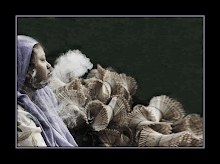
At Phool Mandi












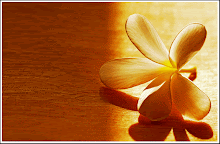


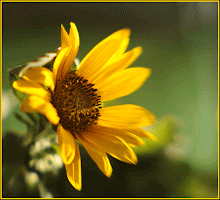





















The better to trek with, my dear.














New Delhi




Fatehpur Sikri

Fatehpur Sikri



Jantar Mantar

Jantar Mantar

New Delhi

Varanasi

Varanasi

Varanasi

Varanasi

Varanasi

Varanasi

Varanasi

Varanasi

Varanasi

Varanasi


Varanasi

Early morning in Varasi

Varanasi

Humayon's Tomb

Deer Park

Indraprastha Park, New Delhi

A smiling guest at Holi

At Holi, New Delhi

Right around the corner from my house, New Delhi

Surajkund Mela, New Delhi

Mathura, Uttar Pradesh

Mathura, Uttar Pradesh

Shimla

F1, Singapore

F1, Singapore

Singapore

Lucerne

Mt. Titlis, Lucerne

Mt. Titlis, Lucerne

Zurich

Zurich

Shimla

Shimla

Shimla

Shimla

Taken from our bedroom window, Wildflower Hall

Shimla








New Delhi

New Delhi

New Delhi

Jantar Mantar, New Delhi

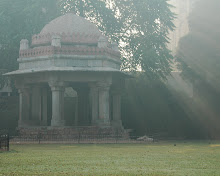
Delhi
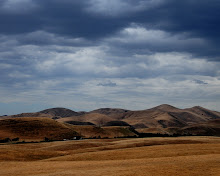
California
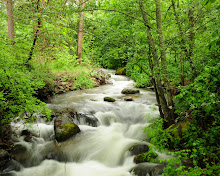
Oregon
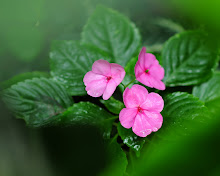

Udaipur
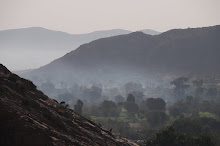
Samode
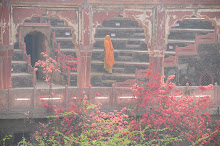
Neemrana








Photograph by Siddharth D.




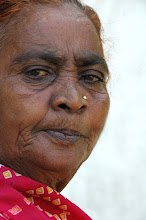

Jamali Kamali

New Delhi







Purana Qila

Purana Qila

Purana Qila


Purana Qila

Photo by Siddarth D.
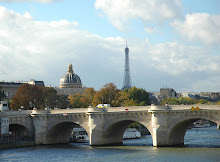
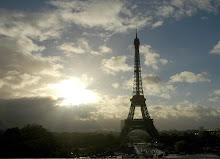
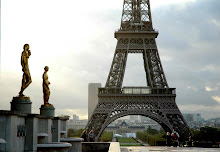
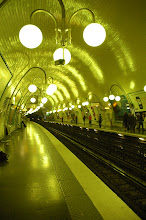

Chenonceaux


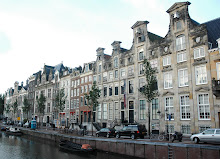
Amsterdam
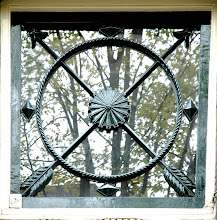
Amsterdam
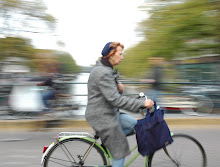
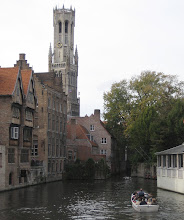
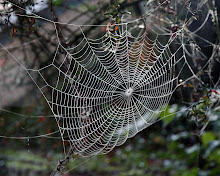
Chenonceaux

Brugge



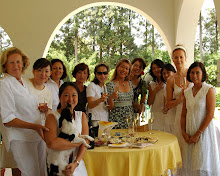
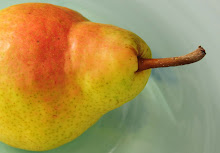
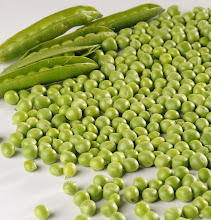

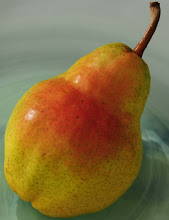


Macau

Macau

Macau

Macau

Macau

Macau

Macau

Macau

Shanghai

Macau

Repulse Bay, Hong Kong

Hong Kong


Photo by G.R. Halili

Photo by G. R. Halili





Photo by G. R. Halili

Photo by G. R. Halili


Photo by G.R. Halili

Gazpar, Melchor, & Balthazar of Flower Street?

Sitting Pretty

Women in Prayer

Humayon's Tomb

A Small Panning Victory

Mural in Singapore

Petronas Towers, Malaysia, Photo by David

Trailing Lights

Rachel's Gift

Pushkar Cattle Fair

Pushkar Cattle Fair

Pushkar Cattle Fair

Pushkar Cattle Fair

Pushkar Cattle Fair

Pushkar Cattle Fair

Pushkar Cattle Fair

Pushkar Cattle Fair


Pushkar Cattle Fair

Pushkar Cattle Fair

Pushkar Cattle Fair

Pushkar Cattle Fair

Pushkar Cattle Fair

Pushkar Cattle Fair

Pushkar Cattle Fair

Puskhar Cattle Fair

Puskhar Cattle Fair

Pushkar Cattle Fair

Pushkar Cattle Fair

Pushkar Cattle Fair

Pushkar Cattle Fair

Pushkar Cattle Fair

Pushkar Cattle Fair
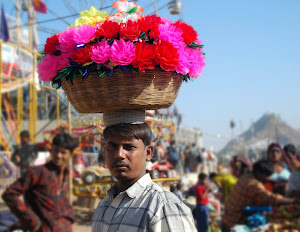
Pushkar Cattle Fair

Pushkar Cattle Fair

Pushkar Cattle Fair
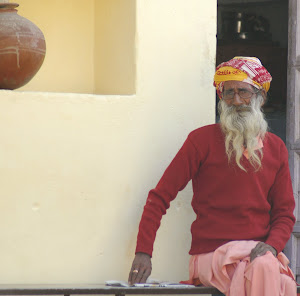
Pushkar Cattle Fair

Pushkar Cattle Fair
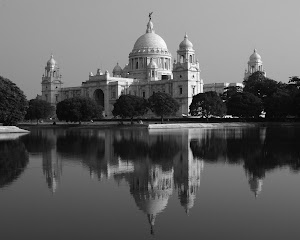
Kolkata

Kolkata


Kolkata

Kolkata

Kolkata

Kolkata
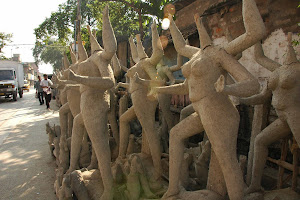
Kolkata
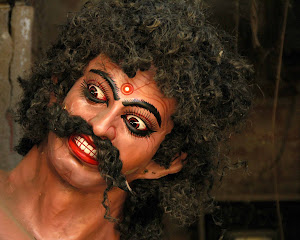
Kolkata

Kolkata
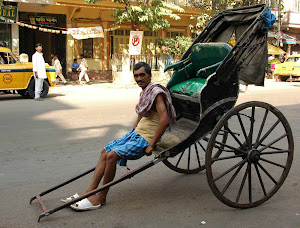
Kolkata

Kolkata

Kolkata
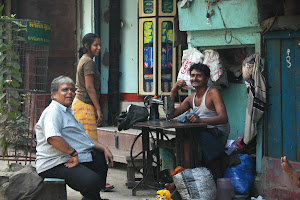
Kolkata
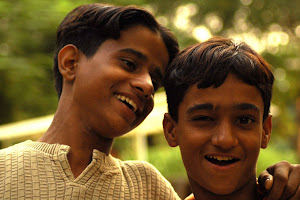
National Zoological Park, New Delhi

National Zoological Park, New Delhi

National Zoological Park, New Delhi
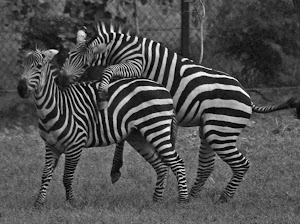
National Zoological Park, New Delhi

National Zoological Park, New Delhi

National Zoological Park, New Delhi

National Zoological Park, New Delhi

National Zoological Park, New Delhi

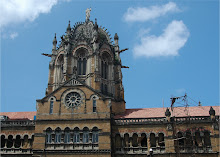
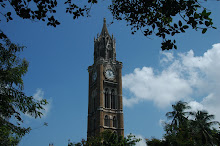
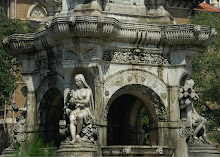
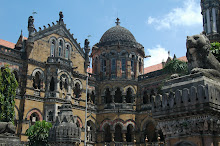
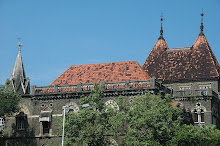


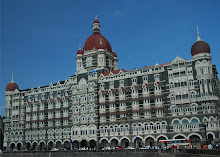





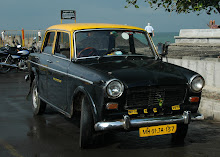




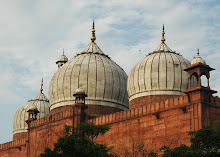
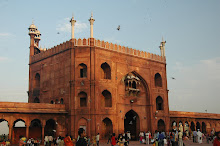
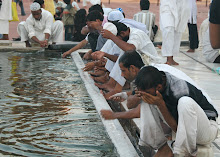
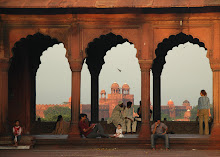

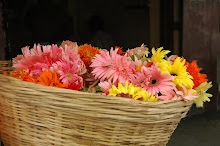
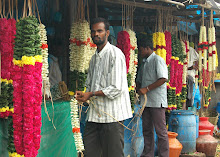
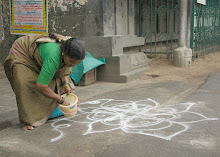
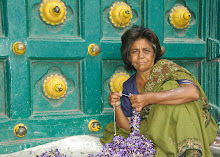
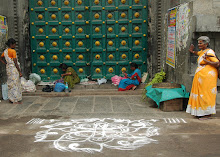
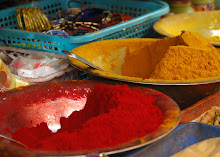
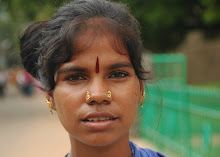
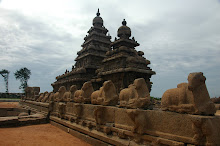
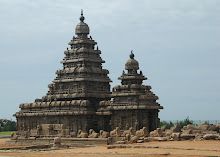
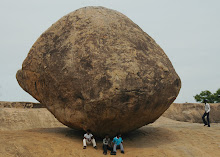
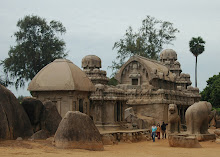

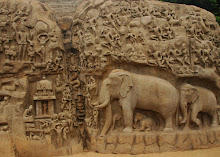
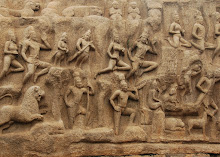
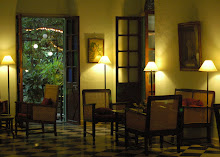
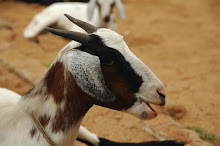
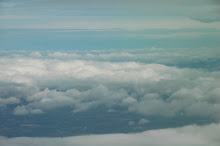
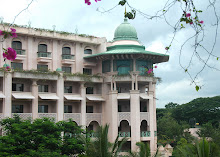


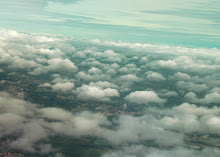

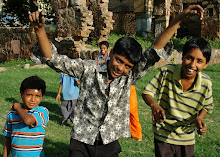
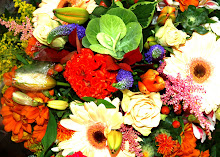
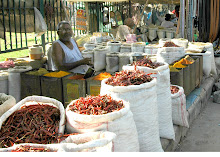+DSC_7019.jpg)
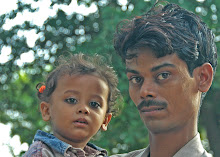

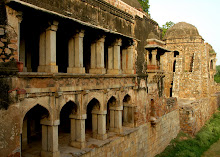
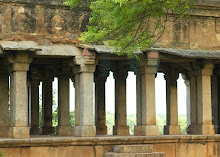
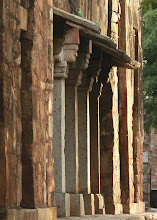
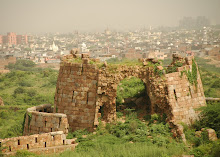
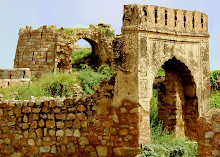


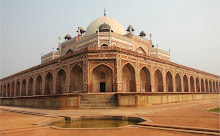

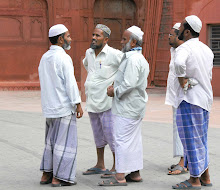
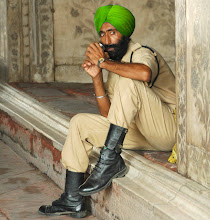
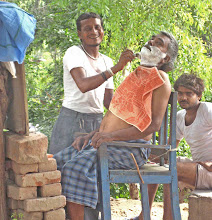
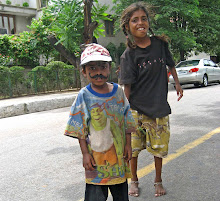

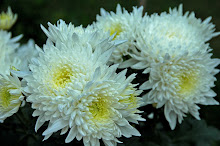
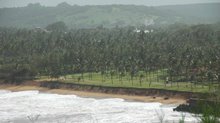
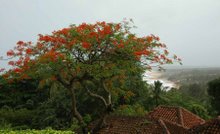

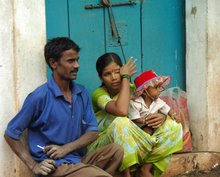
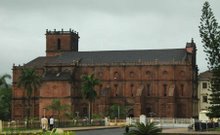
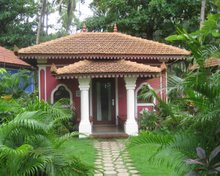

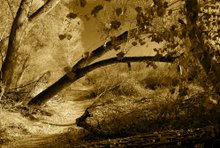
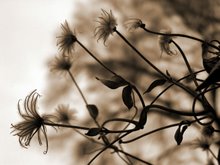


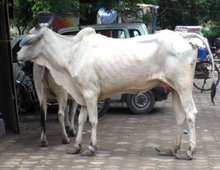
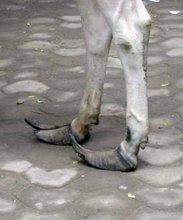

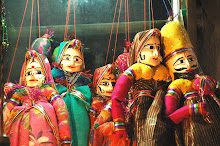
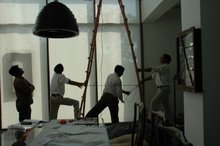
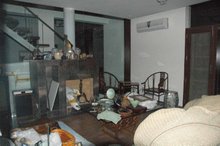



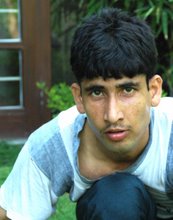
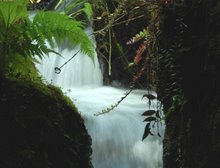
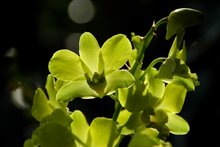
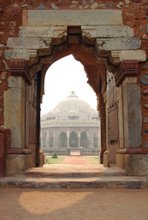
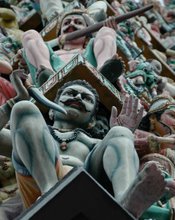
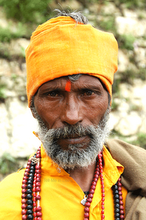
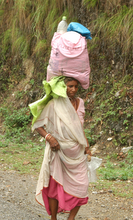
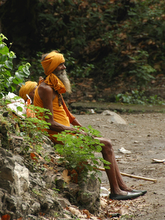
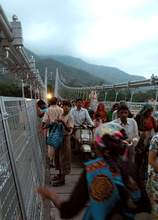

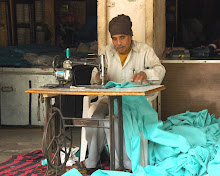
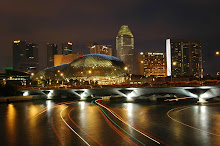
StatCounter
Walking To The Light

Ajanta Caves, Maharashtra
Watching the World

Ajanta Caves, Maharashtra
Play A Song For Me Please

Nepal
A Mad Rush in a Mad Crowd

Convention Center, Singapore
Ghost Walkers

By the Esplanade, Singapore
On my 12-24

Jantar Mantar, Delhi
How I Miss You!

India Gate
Yes It's Me!

Phool Mandi, Delhi
Do It If It Makes You Smile

Binondo, Manila
Lost In Her World

At Phool Mandi

Service With a Smile

Sunday Morning at Chandini Chowk

Take 5


Three Wheeler King

Ice, Ice, Baby

Magic Mirchi

Solitude

Orange

Another Side of Me

Drizzled

Golden

Drizzled

Up Close

You Are the Sunshine of My Life

Summer Basil

Yellow Curls

Prayer Flags

Sending Prayers Up to Heaven

Capture

Money Stones

Herds

Temple

In Search of Green Pastures

Little People

The Clouds Above

The River Runs Through It

Starlight

Insignificant

Stillness

Light

Shining Through

From Where I Lay

Clouds

Casper the Friendly Ghost

Rosa, what big feet you have!

The better to trek with, my dear.
Lilac

Pink

A Swirl of Color

Striped and Speckled

White

Pink and Green

Green on Green

Yellow

Orange

Color Conversion

Always by Your Side

Hibiscus

Halos of Light

Lotus Temple

New Delhi
Play!

Dreams

Lilac Whispers

Dome

Fatehpur Sikri
Up

Fatehpur Sikri
Beads and Stars

Rachel's Rabbit

I See You

Jantar Mantar
Why?

Jantar Mantar
Jantar Mantar

New Delhi
Mother Ganga

Varanasi
Clean!

Varanasi
To Salvation

Varanasi
Quiet Time

Varanasi
Anchored

Varanasi
Immersed in Prayer

Varanasi
To the Ghatts

Varanasi
Still Waters

Varanasi
Serenity of the Morning

Varanasi
Morning Offering

Varanasi
Hello!

Morning Ablutions on the Ganga

Varanasi
Everyone is on Mother Ganga

Early morning in Varasi
The Day Begins

Varanasi
Seeing the Light

Humayon's Tomb
Oh Deer! Yes, in Delhi!

Deer Park
To the Heavens

Indraprastha Park, New Delhi
The Colors of a Smile

A smiling guest at Holi
Hopefully it all comes out in the wash!

At Holi, New Delhi
Holy Cow!

Right around the corner from my house, New Delhi
Colors

Surajkund Mela, New Delhi
To the River

Mathura, Uttar Pradesh
All Hands in Prayer

Mathura, Uttar Pradesh
End of Day

Shimla
The Ferrari Pit

F1, Singapore
Spectator from the Moon

F1, Singapore
F1 Crowds

Singapore
Chapel Bridge

Lucerne
Magical White

Mt. Titlis, Lucerne
Pure Glory

Mt. Titlis, Lucerne
The Last Vestige

Zurich
Idyllic

Zurich
In Full Glory

Shimla
The Himalayas from a Distance

Shimla
Golden

Shimla
Magical Horizon

Shimla
Ominous

Taken from our bedroom window, Wildflower Hall
A Golden Treasure

Shimla
Invocation

Slow Morning

Bits & Pieces

Rapture

Mums

The Smile

Rosy, Rosy

Tatterdemalions of Sultan Ghari

New Delhi
A Second Look at Jantar Mantar

New Delhi
Jantar Mantar

New Delhi
Underneath It All

Jantar Mantar, New Delhi
A Smile from Rosy

Early Morning

Delhi
Open Spaces

California
Cool Waters

Oregon
Everyday Flowers

The Lake Palace

Udaipur
In the Mist

Samode
A Lone Figure

Neemrana
Circles

Hyderabadi

A Golden Cuff

Big!

Shades of Gray

Green on Green

Belt Buckle

My Pal, Etienne

Photograph by Siddharth D.
Siddharth in his Element

A Fine Trio

Simplicity

A Victorian Pair

Up Close

Women in Prayer

Jamali Kamali
India Gate

New Delhi
The Lighter Side of Monica

Don't You Mess with Me

Pretty Monica

Hidden

Seeing Double

Cast a Giant Shadow

Graffiti

Purana Qila
Splash!

Purana Qila
Branches

Purana Qila
Texture

You Taking a Picture of Him Taking a Picture of Me Taking a Picture of You

Purana Qila
The Poser

Photo by Siddarth D.
Clouds Over Paris

Let the Sunshine In

Cold & Dreary in Paris

Tungsten Subway

Golden Water

Chenonceaux
Reflections on Azer de Rideau

Brrrrruxelles

All in a Row

Amsterdam
Trees On my Window

Amsterdam
In A Rush

Brugge Canal

Charlotte's Web

Chenonceaux
Shoot!

Brugge
The Veritable River of Life

I Feel Pretty!

Where Would We be Without You?

It's a Good Life

Blushing Pear

Peas

The Best Bar None

All of Me

Abundance

Fruit and Vegetable Trivia
Strawberries is the only fruit that has its seeds on the outside.
Lettuce is the only vegetable or fruit that is never sold frozen, canned, cooked, or in any other form but fresh.
Apples, not caffeine, are more efficient at waking you up in the morning.
Lettuce is the only vegetable or fruit that is never sold frozen, canned, cooked, or in any other form but fresh.
Apples, not caffeine, are more efficient at waking you up in the morning.
One Little Candle

Macau
Hopes and Prayers

Macau
Private Temple

Macau
Temple Offering

Macau
Lifting Prayers to Heaven

Macau
In Prayer

Macau
It's Just a Front!

Macau
Venitian Opulence

Macau
The Pearl Tower

Shanghai
BIG!

Macau
Barnacles by the Bay

Repulse Bay, Hong Kong
From My Window

Hong Kong
In Her Garden

Friend

Photo by G.R. Halili
Our Mango Tree

Photo by G. R. Halili
Okna

Grandma & Flat Luya

In Her Garden

Tireless

Lunch

Photo by G. R. Halili
Mangy to the Max!

Photo by G. R. Halili
In Her Garden

Coneheads

Photo by G.R. Halili
Looking Back, 2007

Gazpar, Melchor, & Balthazar of Flower Street?
Looking Back, 2007

Sitting Pretty
Looking Back, 2007

Women in Prayer
Looking Back, 2007

Humayon's Tomb
Looking Back, 2007

A Small Panning Victory
Looking Back, 2007

Mural in Singapore
Looking Back, 2007

Petronas Towers, Malaysia, Photo by David
Looking Back, 2007

Trailing Lights
Looking Back, 2007

Rachel's Gift
Luxury Tents

Pushkar Cattle Fair
Our Luxury Tent

Pushkar Cattle Fair
A Field of Petals

Pushkar Cattle Fair
Rose Embrace

Pushkar Cattle Fair
Garden of the 5 Senses

Pushkar Cattle Fair
Holy Waters

Pushkar Cattle Fair
A Holy Gathering

Pushkar Cattle Fair
Pushkar's Bathing Ghats

Pushkar Cattle Fair
The Ideal Man, Mustachioed and Turbaned

Life's Lines and Furrows

Pushkar Cattle Fair
Full of Purpose

Pushkar Cattle Fair
Handsome in Pink

Pushkar Cattle Fair
Take Five

Pushkar Cattle Fair
The Business Center

Pushkar Cattle Fair
All Together

Pushkar Cattle Fair
Eyes Wide Shut

Pushkar Cattle Fair
Smile!

Puskhar Cattle Fair
All Dressed Up

Puskhar Cattle Fair
Hey, You're Not From Puskhar!

Pushkar Cattle Fair
Toothless and Happy

Pushkar Cattle Fair
Potheads!

Pushkar Cattle Fair
Colors!

Pushkar Cattle Fair
There is Lots to Smile About

Pushkar Cattle Fair
Mellow Yellow

Pushkar Cattle Fair
The Flower Guy

Pushkar Cattle Fair
One Photo Please

Pushkar Cattle Fair
Tea Buddies

Pushkar Cattle Fair
Just Looking

Pushkar Cattle Fair
A Burning Gaze

Pushkar Cattle Fair
Victoria Memorial

Kolkata
Victoria Memorial

Kolkata
Kolkata Sunset

Vedic Sunset

Kolkata
The Very Slow Tram

Kolkata
GO!

Kolkata
Always the Classic

Kolkata
Will she be a Durga or a Kali?

Kolkata
EEEEvil Dude

Kolkata
I'll Get You There

Kolkata
Break Time

Kolkata
Or You Can Walk...

Kolkata
Sunshine Smile

Kolkata
Shooting the Breeze

Kolkata
Best Buds

National Zoological Park, New Delhi
White Bengal Tiger

National Zoological Park, New Delhi
Hot to Trot

National Zoological Park, New Delhi
Sweet Love

National Zoological Park, New Delhi
Looking to the Future

National Zoological Park, New Delhi
The Food Chain

National Zoological Park, New Delhi
In Flight

National Zoological Park, New Delhi
As Long as We're Together

National Zoological Park, New Delhi
Gateway to India, Mumbai

Victoria Terminus Dome, Mumbai

Rajabai Clock Tower, Mumbai

Flora, not Wellington Fountain, Mumbai

Gothic to the Max, Mumbai

Gothic Spires, Mumbai

Haji Ali Mosque, Mumbai

Mother and Child

Taj Mahal Hotel, Mumbai

Chained to Desperation

Vieled

Colaba Street Dweller, Mumbai

At the Victoria Terminus, Mumbai

Old Fashioned Shoe Shine at the Terminus

The Mumbai Fiat

The Candyman

Rainbow Promise

Fluttering Wings

A Human Sea

Jama Masjid, Delhi

Jama Masjid, Delhi

Ablutions

Lal Qila from the Masjid, Delhi

A Shy Smile

Temple Blooms

Garlands

Rangoli

Flower Lady

At the Temple Gate, Chennai

Powdered Protection

"You must accept confusion. Only then will you see clarity in this confusion."
N. Kumar
N. Kumar
Indian Eyes

Shore Temple, Mamallapuram

Shore Temple, Mamallapuram

Krishna's Butter Ball, Mamallapuram

Panch Padava Cave Temple, Mamallapuram

Nakul Sahdeva Ratha, Mamallapuram

Bhagiratha's Penance, Mamallapuram

Sculpted Relief, Mamallapuram

The Amethyst Parlour, Chennai

Up Close and Personal

Clouds over Bangalore

A Little of the Leela, Bangalore

Breakfast Umbrellas at the Leela, Bangalore

Flowers From My Window

Clearly Overcast

My Balcony Sunset

Just Happy at Jahaz Mahal (Delhi)

Blooms!

Red Hot Chilli Peppers on the Way to Jahaz Mahal
+DSC_7019.jpg)
Handsome Duo at Purana Qila (Delhi)

Offering

The Madarsa at Siri Fort, Delhi

Halls of Learning, Delhi

Red Earth, Delhi

A Ruined Past, Delhi

Gates to the Past (Tughlaqabad)

Solitude at Tughlaqabad Fort, Delhi

Tughlaqabad Ruins, Delhi

In India, I found a race of mortals living upon the Earth, but not adhering to it, inhabiting cities, but not being fixed to them, possessing everything, but possessed by nothing.
Apollonius Tyanaeus
Apollonius Tyanaeus
A Different Perspective, Delhi

Lal Quila, Testament to a Glorious Past, Delhi

What Shall We Do, Bhai?

Tea Time

Shave, Anyone? (Rachel's Photo)

Mustachioed Waif (Rachel's Photo)

Fruitwallah

A Few things Are Clearer Now

"So far as I am able to judge, nothing has been left undone, either by man or nature, to make India the most extraordinary country that the sun visits on his rounds. Nothing seems to have been forgotten, nothing overlooked."
Mark Twain
Mark Twain
Lush, Verdant Goa

A Glorious Day

Awesome Power

Waiting

Bom Jesus, Goa

Candy-colored Cottage, Goa

"Education is not the filling of a pail,
but the lighting of a fire."
- William Butler Yeats
but the lighting of a fire."
- William Butler Yeats
Borrowed Sepia Photographs, A Throwback in Time
How can I speak of Mr. OP Sharma without photographs? In the absence of approriate sepia tones, I have taken the liberty of borrowing some.
Sisters

Sepia Forest

Winter in Sepia

Solitude

Dressed in White

'Come to the edge," he said.
They said, "We are afraid."
'Come to the edge," he said.
They came.
He pushed them...and they flew.
Guillaume Apollinaire
Poet
They said, "We are afraid."
'Come to the edge," he said.
They came.
He pushed them...and they flew.
Guillaume Apollinaire
Poet
Notice Anything Different About This Cow?

Cowboy Boot Inspiration


Interesting Reads on India
- The Last Mughal: The Fall of a Dynasty: Delhi, 1857
- India Unbound: The Social and Economic Revolution from Independence to the Global Information Age
- City of Djinns: A Year in Delhi by William Dalrymple
I'm Your Puppet

A Constant State of Affairs

My Messy Living Room Where is Mary Poppins?

At Last, Some Order in the Dining Room!

Bird Watching Max

Tired From All That Bird Watching, Max?

My Director of Maintenance

Garden Waterfall

A Singapore Memory

An Open Door to India

India or Singapore?

My 5Rupee Photo:Yogi with the Piercing eyes

A Strong Woman of Mussoorie

Far Away Thoughts

The Ram Jhula Throng, Rishikesh

Seeing Beyond Those Monkey eyes

Tentmaker
Evening Memories

Not bound to swear allegiance to any master,
Wherever the wind takes me I travel as a visitor.
Drop the question what tomorrow may bring,
and count as profit every day that Fate allows you.
Horace
Wherever the wind takes me I travel as a visitor.
Drop the question what tomorrow may bring,
and count as profit every day that Fate allows you.
Horace
About Me
- Tell Me In Delhi
- New Delhi, India